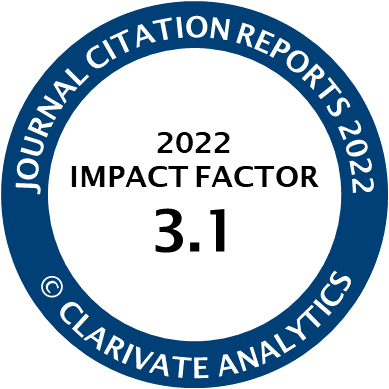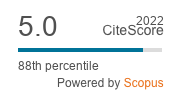Article | Open Access
Channel Choice Determinants of (Digital) Government Communication: A Case Study of Spatial Planning in Flanders
| Views: | 2755 | | | Downloads: | 1580 |
Abstract: Governments at all levels believe the digitisation of their services and increased interaction with citizens will bring significant advantages in terms of transparency, creation of public value, and improvement of government performance (Al-Hujran, Al-Debei, Chatfield, & Migdadi, 2015). Nonetheless, this evolution towards more digital services and communication by governments raises questions in terms of inclusivity and accessibility. We conducted focus groups with a heterogeneous panel of over 80 citizens, ranging from non-users of digital technologies to high-level users, to study their choice of channel and their perception towards the evolving digitisation of communication and services, applied to the case of spatial planning in Flanders (Belgium). The results reveal that the most decisive channel choice determinants in spatial planning relate to the channel characteristics themselves, the information, the contextual aspect of the communication flow, and digital inequality mechanisms; meaning that (a) citizens opt for local communication channels when interacting with local, regional, and national governments, (b) citizens prefer to be personally informed when the communicated message has a direct impact on them, and (c) more vulnerable digital profiles consider the transition to digital communication by default as problematic.
Keywords: channel choice; digital by default; government communication; government services; media user profiles; public services; spatial planning
Published:
© Willemien Laenens, Ilse Mariën, Wendy Van den Broeck. This is an open access article distributed under the terms of the Creative Commons Attribution 4.0 license (http://creativecommons.org/licenses/by/4.0), which permits any use, distribution, and reproduction of the work without further permission provided the original author(s) and source are credited.




